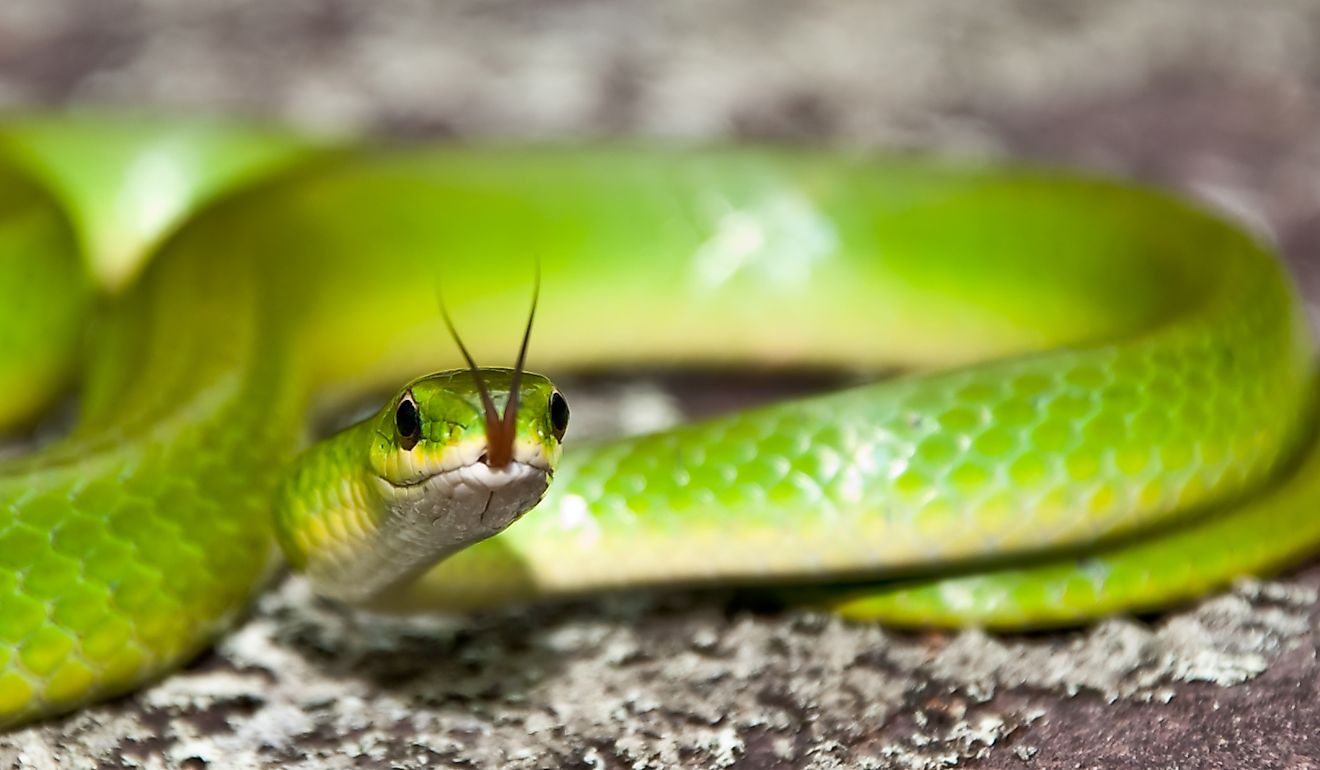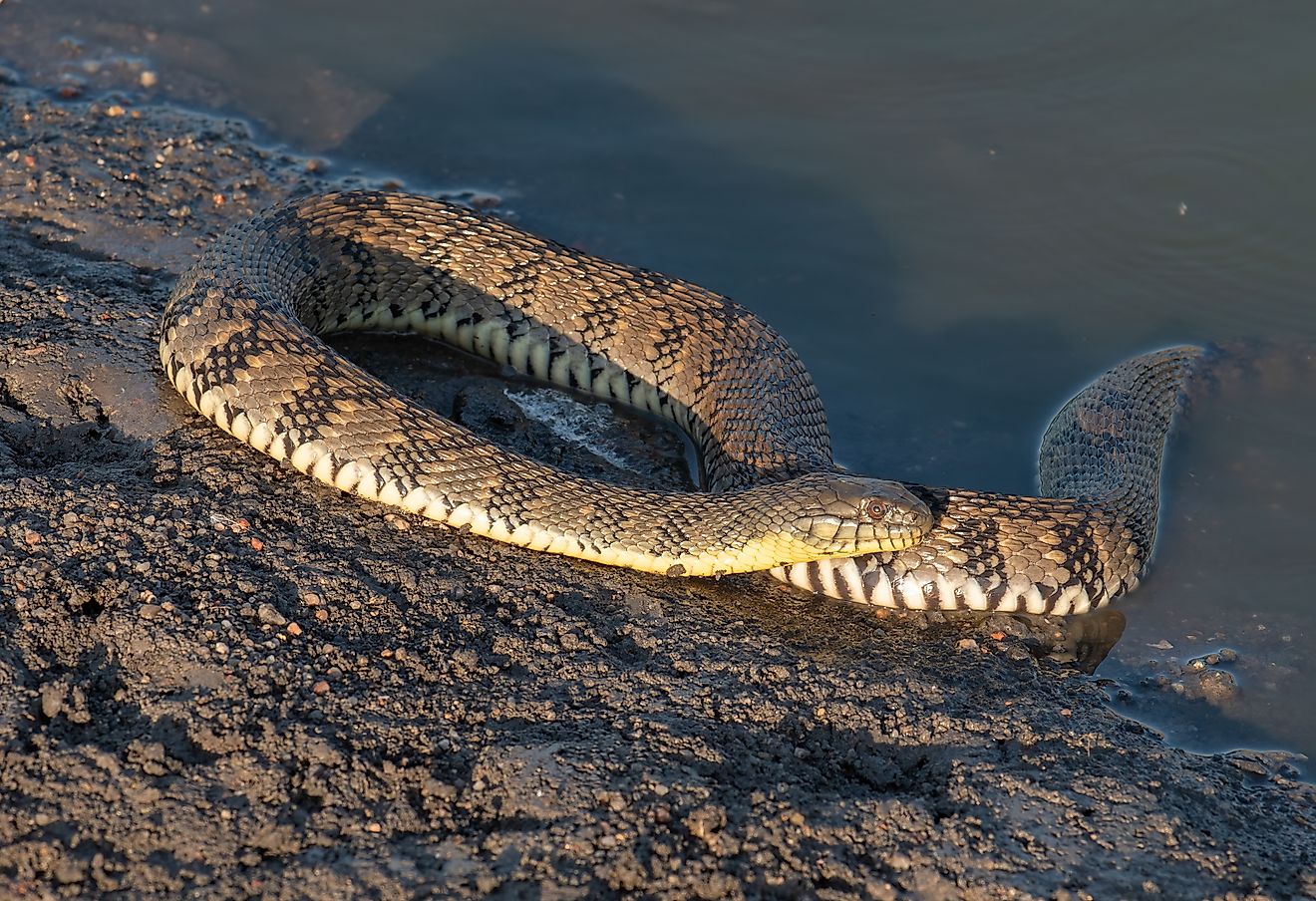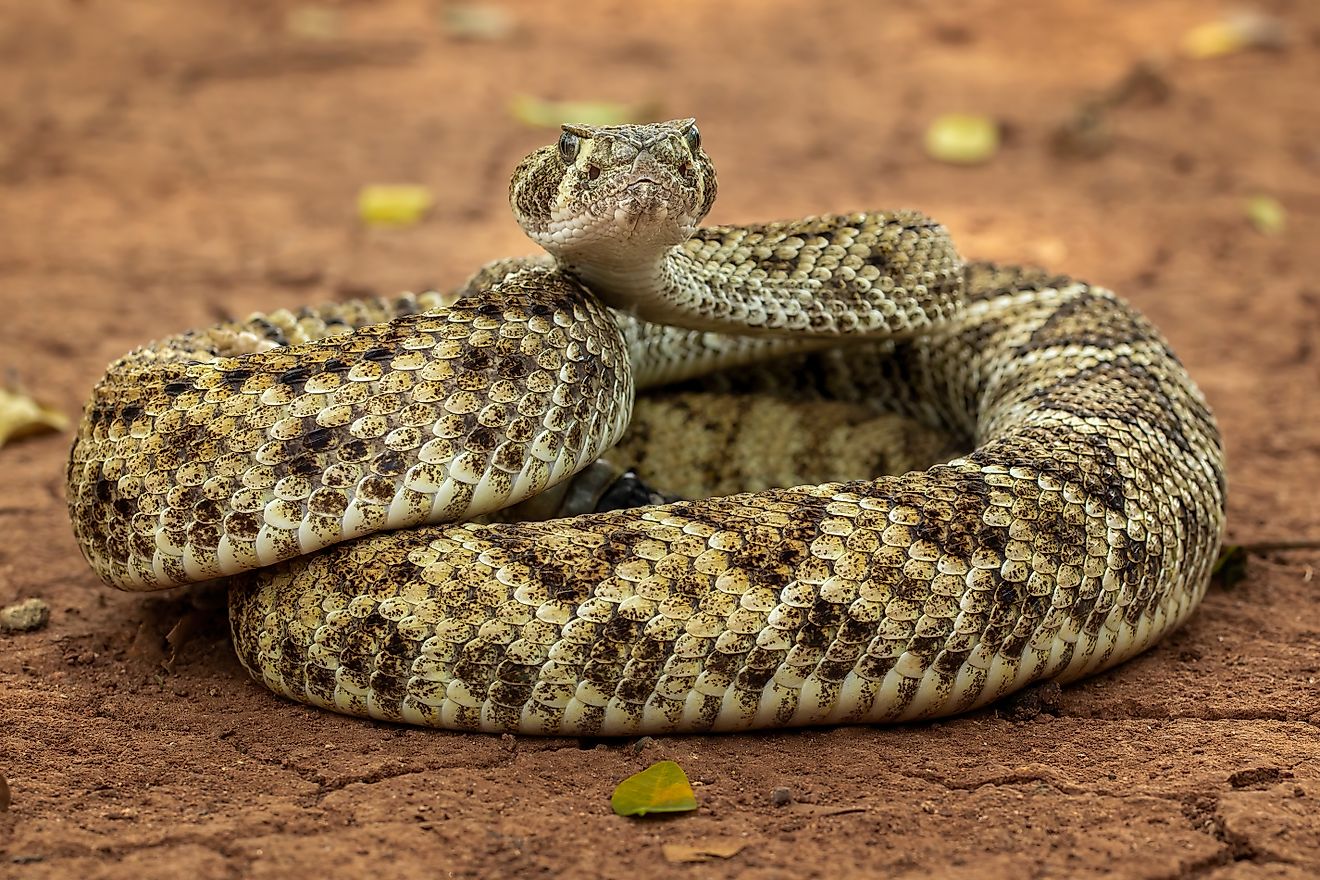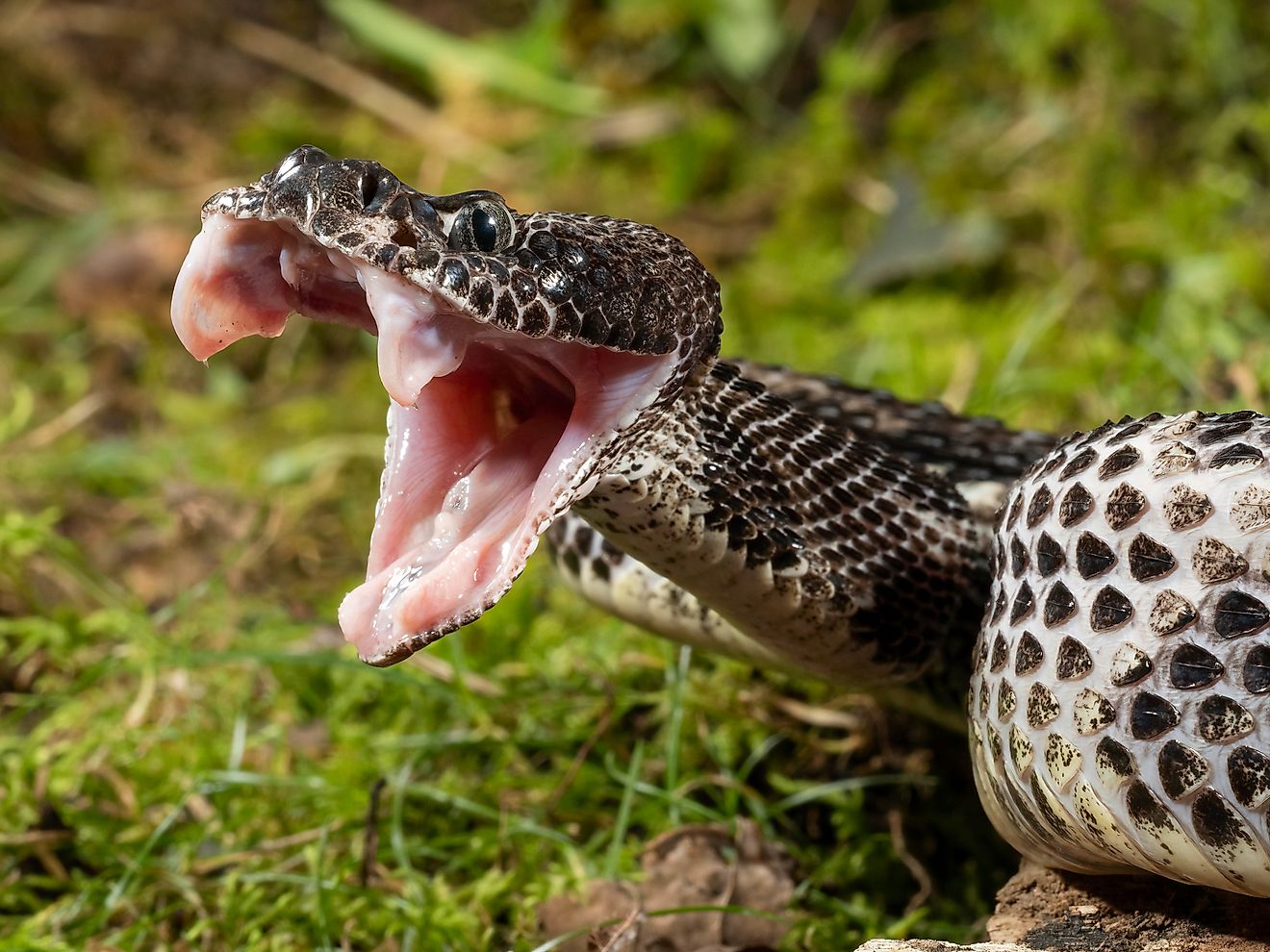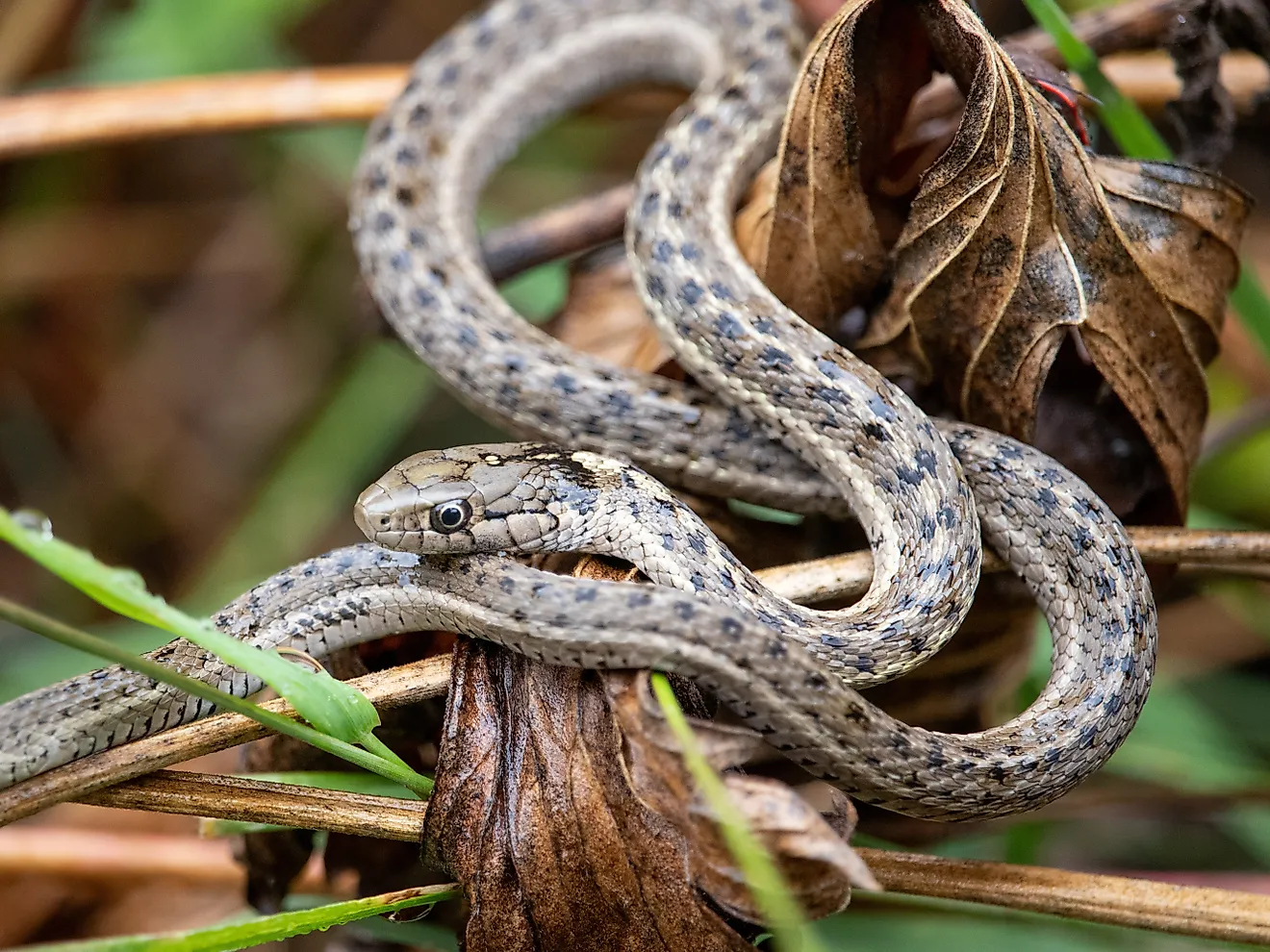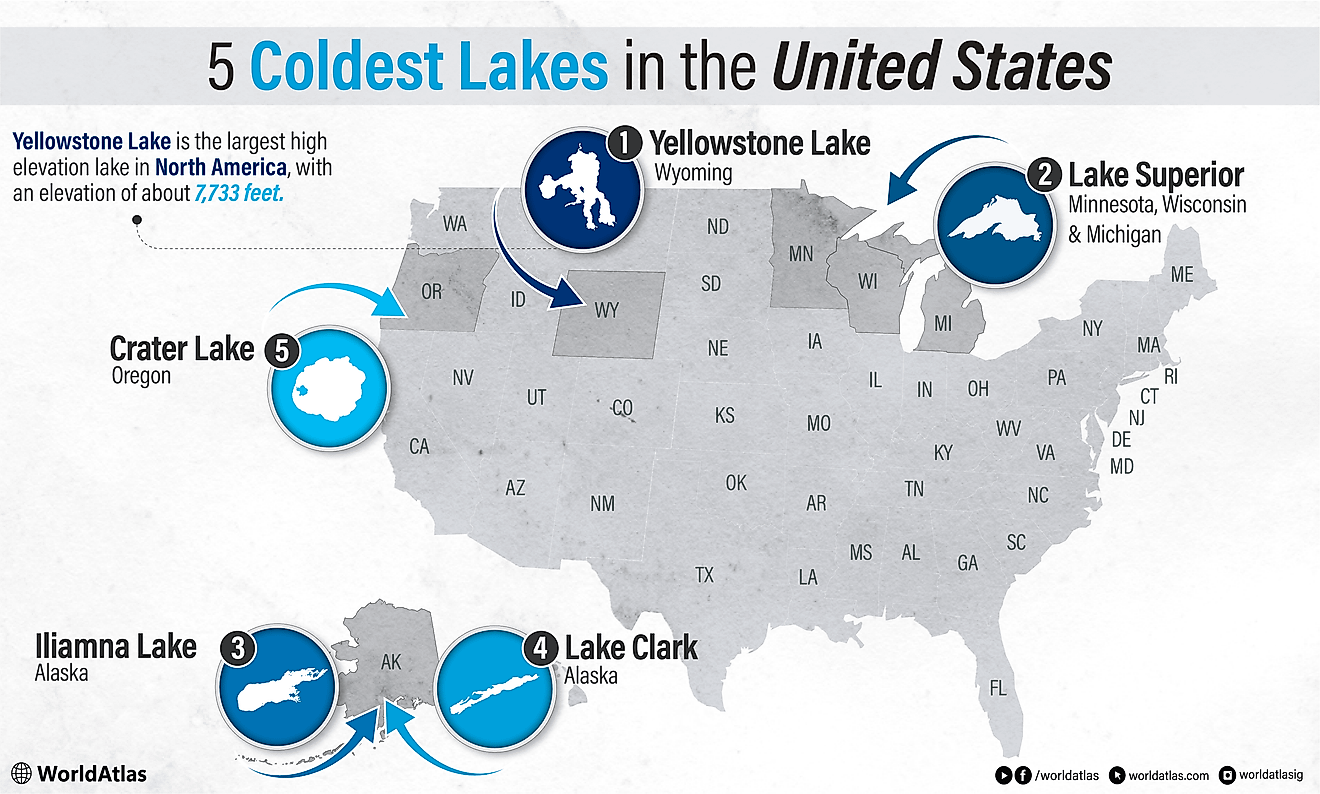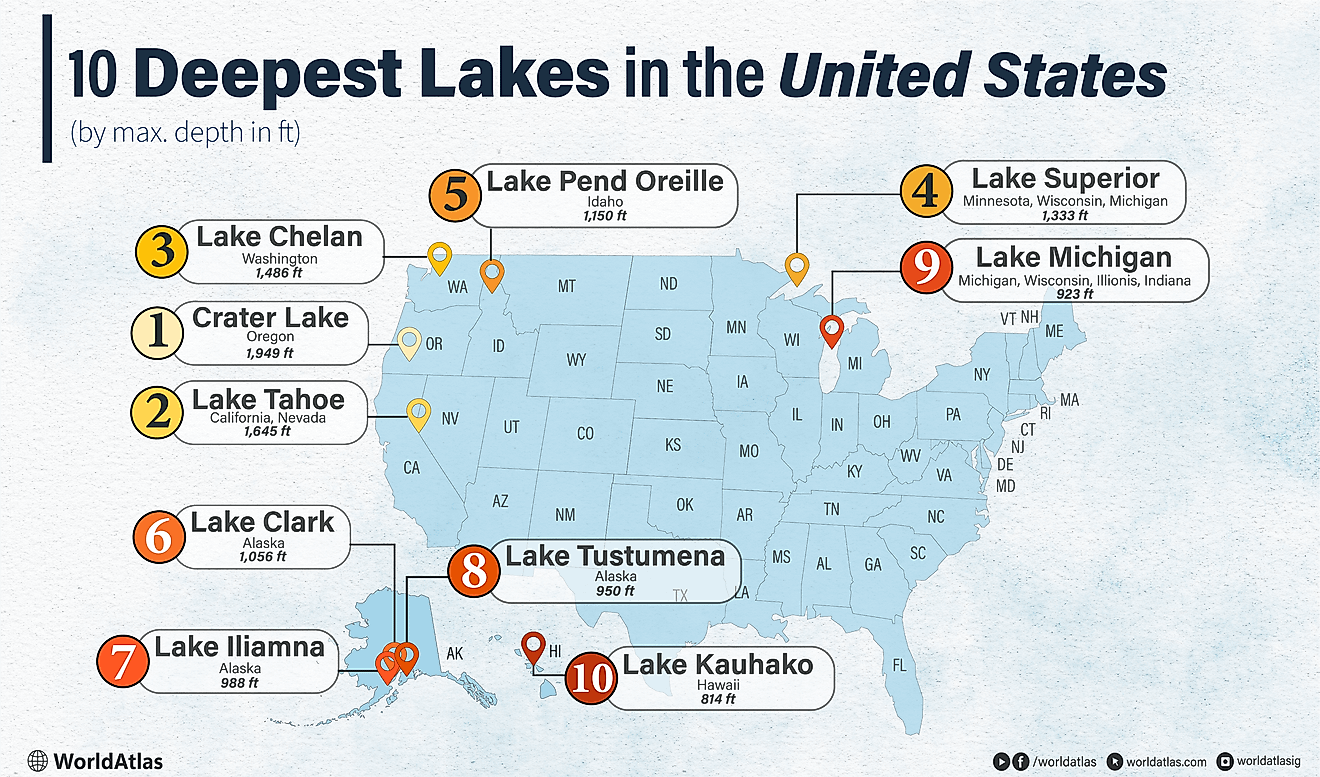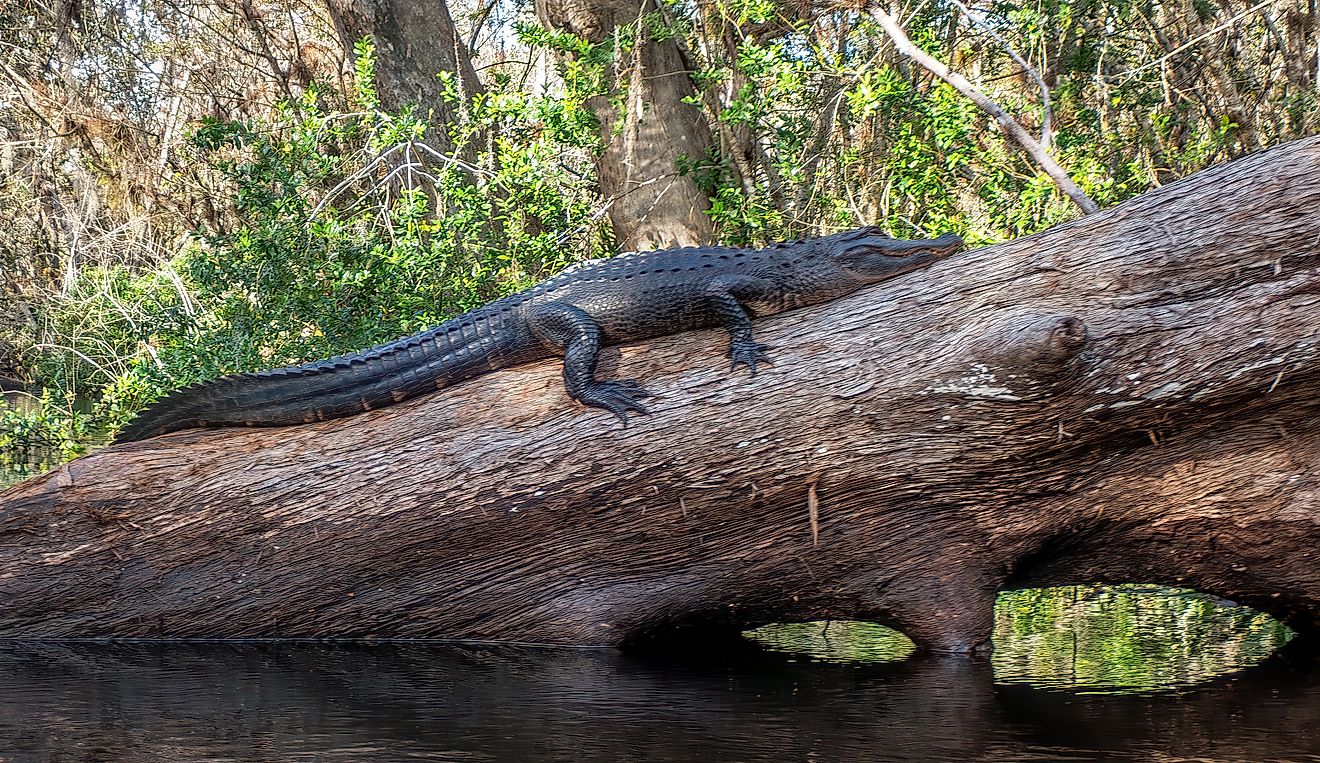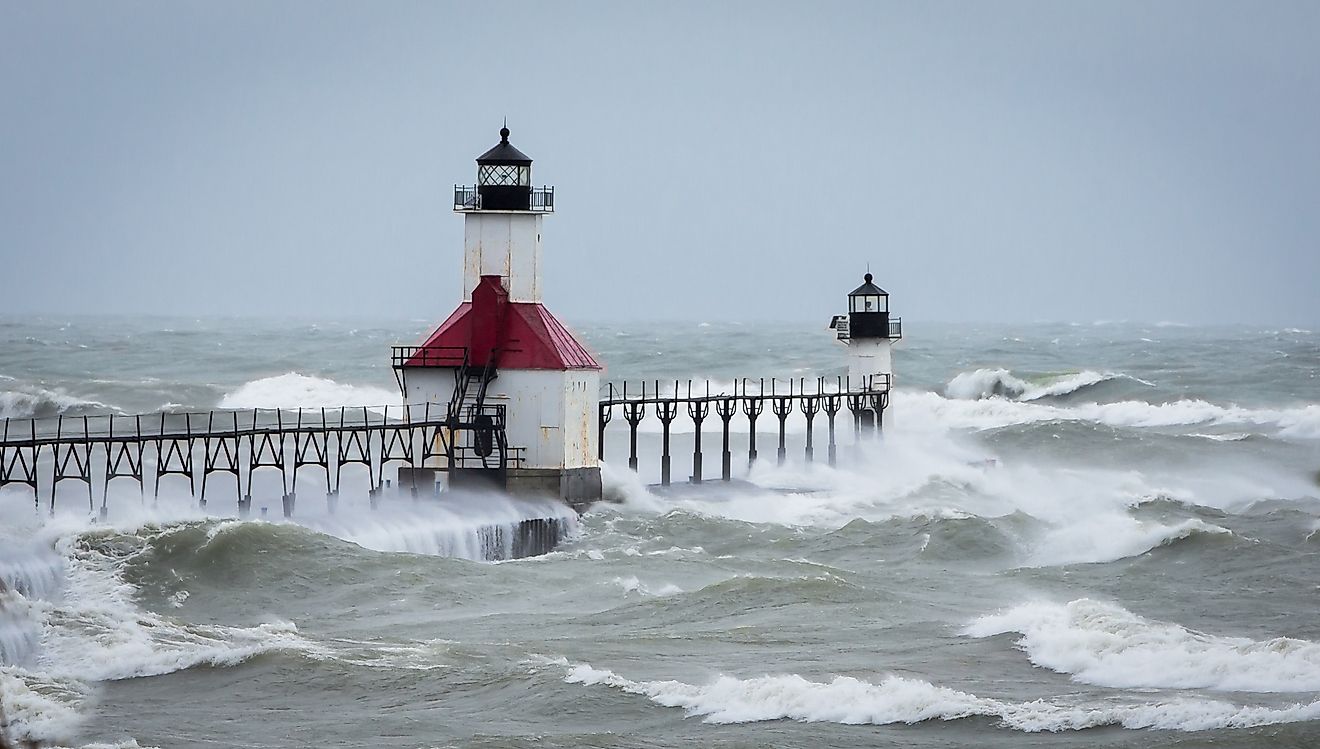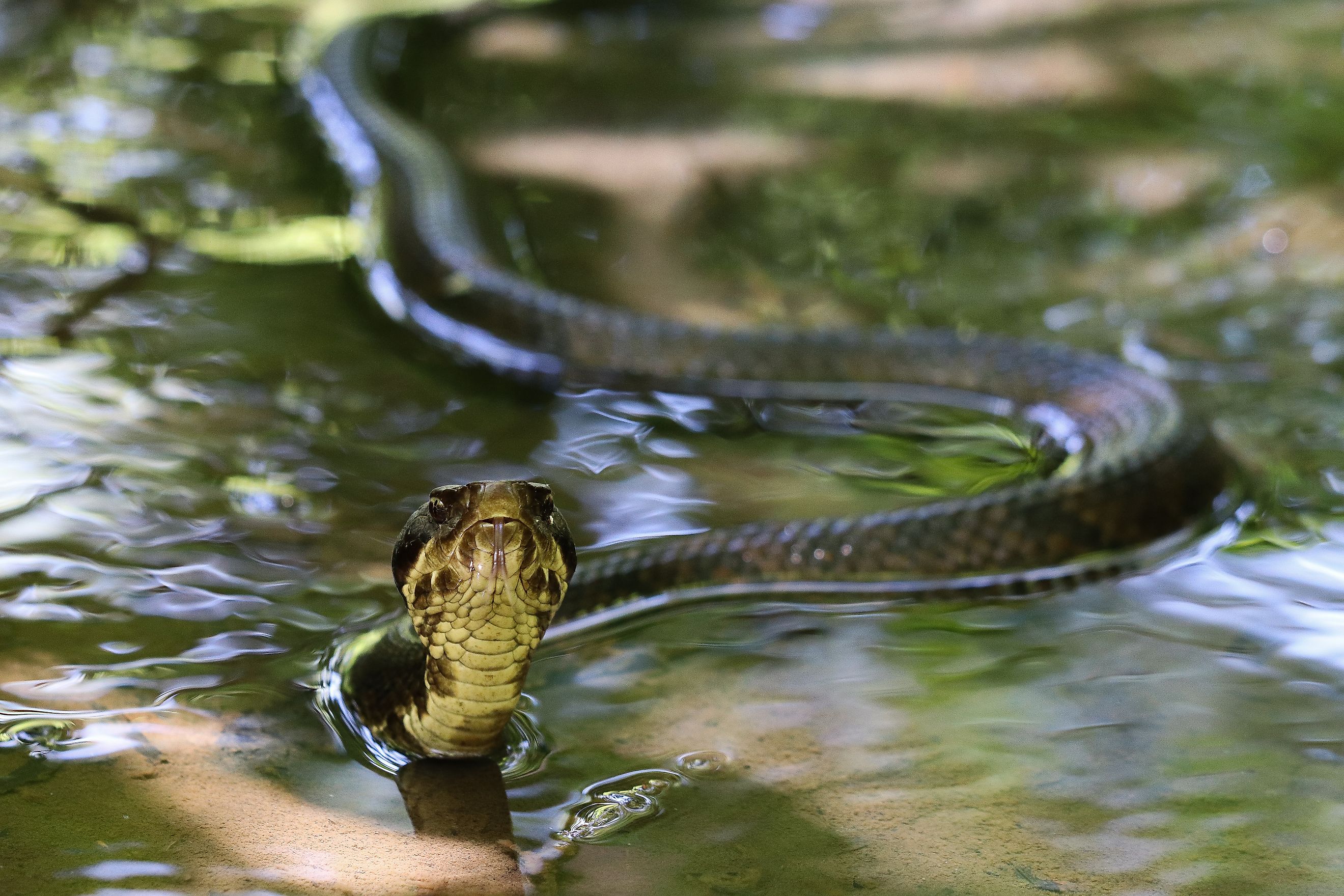
5 Most Snake-Filled Bodies Of Water In Alabama
Alabama’s warm climate, abundant wetlands, and meandering waterways add up to become a great environment for cold-blooded reptiles, especially snakes. From the river deltas of the Gulf Coast to inland reservoirs, this Deep South state is home to a wide range of semi-aquatic, fully aquatic, and land-based species.
This article covers the areas within Alabama's borders, specifically bodies of water, where you are most likely to run into these slithery critters. It will also highlight seasonal changes in behaviours, their favorite habitats, and how to respect the boundaries of these snakes, as many are aggressive in nature.
Wheeler National Wildlife Refuge
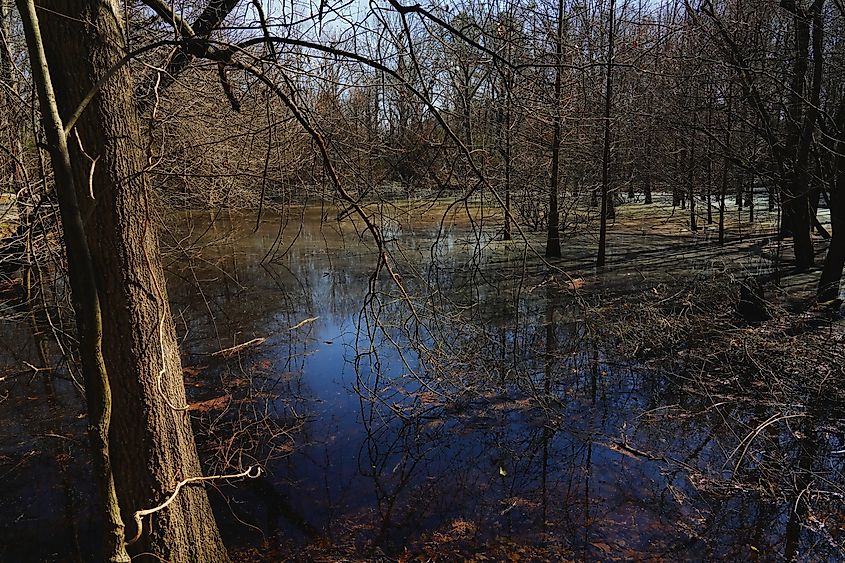
Wheeler National Wildlife Refuge, located along the Tennessee River near Decatur, is easily one of the most snake-infested wetland regions in Alabama. The refuge spans over 35,000 acres of various waterbodies, like swamps, oxbow lakes, and backwaters, all ideal environments for the semi-aquatic snake species that call it home.
Cottonmouths, also known as water moccasins, are frequently encountered here, as well as other venomous snakes, including copperheads. These thick-bodied, dark-colored snakes are known for their blocky heads, white gaping mouths when threatened, and strong swimming abilities, often seen gliding just above the water’s surface or coiled near muddy banks. Non-venomous snakes, such as the plain-bellied and common water snakes, ribbon snakes, Dekay’s brownsnakes, and several other species, also thrive in these habitats, which are rich in prey and hiding spots.
On the human side, the refuge is a major destination for birdwatching and fishing. However, visitors should stay cautious near the water’s edge, particularly in the remote, marshy sections of the park, not just because of snakes but also other reptiles like alligators!
Mobile-Tensaw River Delta
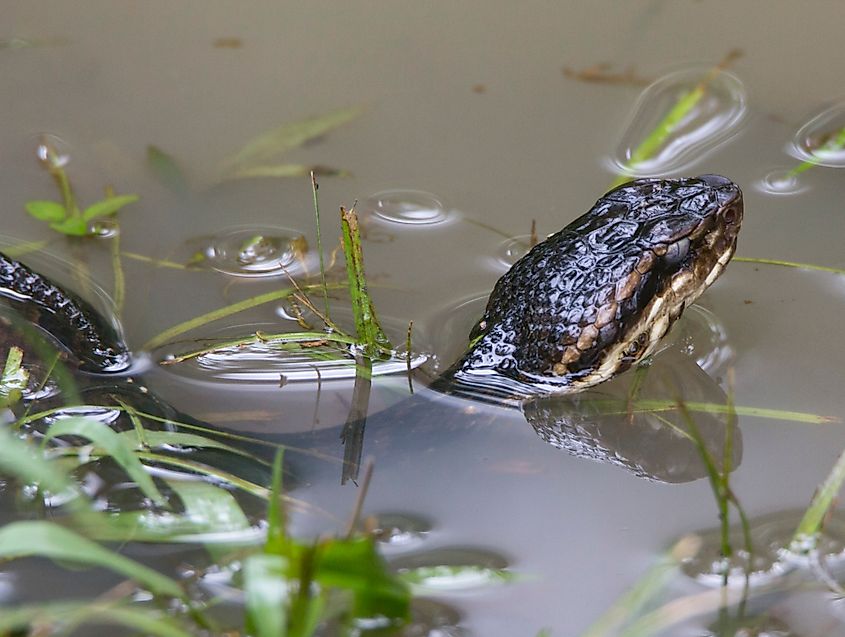
The Mobile-Tensaw River Delta is arguably the most biologically diverse region in Alabama, and that includes its huge variety of snakes. Covering over 260,000 acres of marsh, swamp, and bottomland hardwood forest, the delta is a prime environment for both venomous and non-venomous species.
Cottonmouths are especially abundant in the brackish and freshwater channels, often sunning themselves on logs or lurking near the waterline. Other commonly encountered species include the Mississippi green water snakes, ribbon snakes, and rainbow snakes. These elusive snakes are non-venomous and known for their greenish back and dark-colored bellies, often found in cypress swamps and quiet, vegetated backwaters where they hunt eels and small amphibians. The delta's complex maze of waterways, dense vegetation, and limited human access in some zones allows these populations to thrive largely undisturbed.
Passing airboat operators, paddlers, and hunters regularly report high numbers of sightings, though, particularly during the summer season. The region’s warm, humid climate and expansive aquatic habitat make the Mobile-Tensaw Delta an excellent spot for reptiles of all kinds, making it a hotspot for researchers, too.
Lay Lake
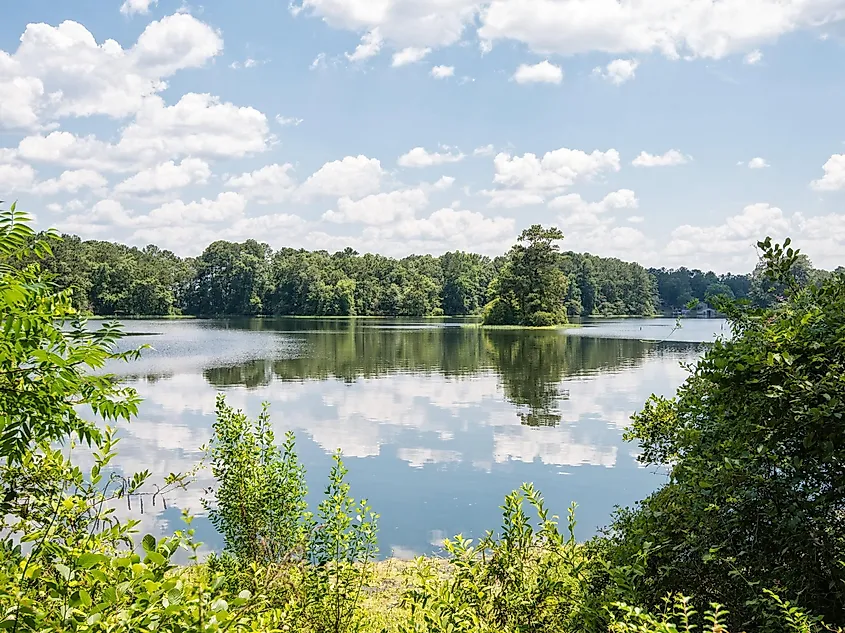
Snakes are part of everyday life at Lay Lake, especially in the less-developed southern reaches near Shelby and Chilton counties. This lengthy 12,000-acre reservoir has long banks of reedy backwater pockets and thick brush that rarely see foot traffic, even though it is just south of Birmingham, Alabama's third most populous city. Unlike clearer, rockier lakes, Lay’s murkier water and overgrown banks make it even easier for an unwanted interaction.
Locals familiar with the lake know to watch their step near shallow coves, where water snakes are often active. While a few venomous species are present, the real surprise is how often non-venomous kinds, like the midland water snake, can be mistaken for dangerous snakes. When cornered, they will flatten their heads and strike, leading to frequent misidentification. You may also run into northern water snakes, which are widespread across the continent. Snake activity at Lay rises sharply between May and September, when water levels stabilize and boaters increase traffic, usually unknowingly pushing snakes toward shore.
Guntersville Lake
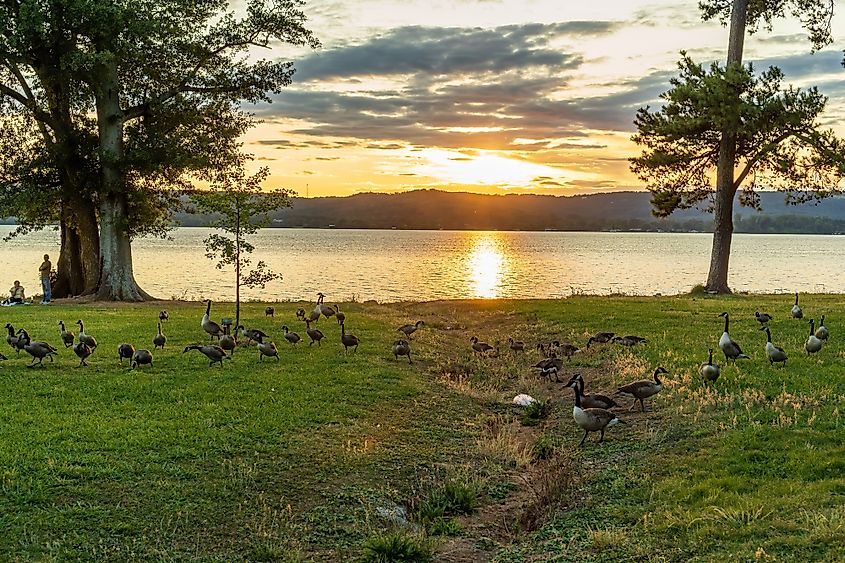
Spanning 69,000 acres, Guntersville Lake has a reputation for fishing tournaments, but it’s a different story along the shoreline. Shallow inlets clogged with water willow and decaying stumps attract an unusual concentration of snakes, especially in late summer when baitfish move into warmer shallows.
Local anglers often report cottonmouths coiled on floating logs and water snakes skimming just beneath the surface. This section's boat slips and floating docks also serve as overnight perches for snakes escaping the heat. Water moccasins and copperheads also frequent the area, but tend to stay more inland. Like many parts of the U.S., you'll also find rat snakes here, as well as garter snakes near coastal areas. But sightings aren't rare in these places; they’re expected. So pay as much attention to the fish as the other inhabitants in and around Guntersville Lake.
Lake Martin
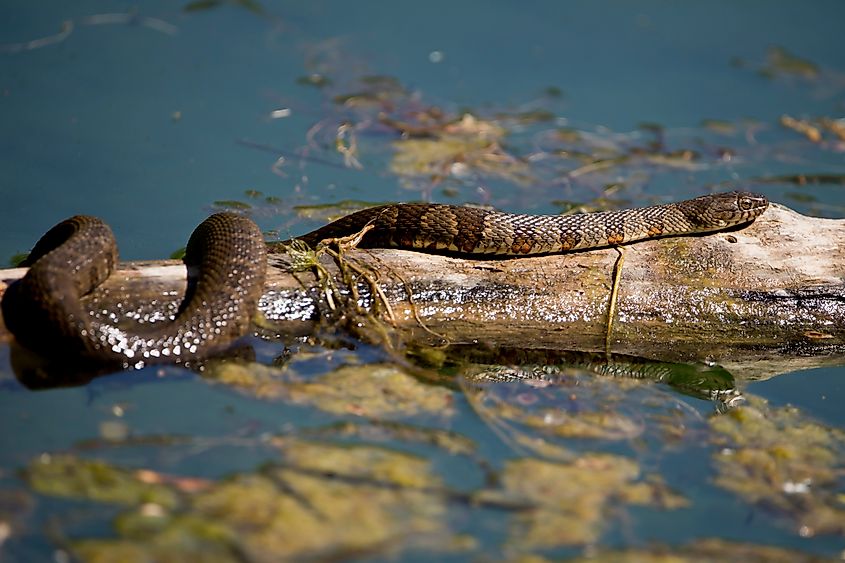
Lake Martin, with about 44,000 acres of water and over 750 miles of shoreline, is one of Alabama’s most popular recreational lakes—and a suitable habitat for a handful of snake species found in the region. The upper arms of the lake, particularly near the Elkahatchee and Tallapoosa tributaries, feature thick vegetation and shallow coves where snake sightings do occur.
Common water snakes, such as the banded or plain-bellied varieties, are most likely to be encountered here, typically along calm, brushy shorelines. These non-venomous snakes are often mistaken for cottonmouths due to their defensive behaviors, including head-flattening and striking when disturbed. Copperheads, another regional native, are occasionally spotted in the wooded areas and may wander close to water in search of food or shelter. While the central lake is generally considered low-risk, shoreline walkers, anglers, and those wading in tributary-fed areas should remain alert, especially in summer when snake activity peaks.
Be Aware of Alabama's Snakes
Whether you're canoeing through a cypress swamp or casting a line from a lakeside dock, it’s wise to stay alert to the wildlife around you in Alabama. Snakes are a regular part of this southern state's aquatic ecosystems, and it's important to protect both them and yourself.
While not every encounter poses danger, the frequency and proximity of sightings in certain areas deserve the attention of all human visitors. These habitats aren’t just scenic; they’re alive and sometimes unpredictable. Respect for the local environment includes understanding what lives in it, and if you’re visiting any of the locations mentioned above, stay aware, give all snake species their space, and watch your step at all times!
